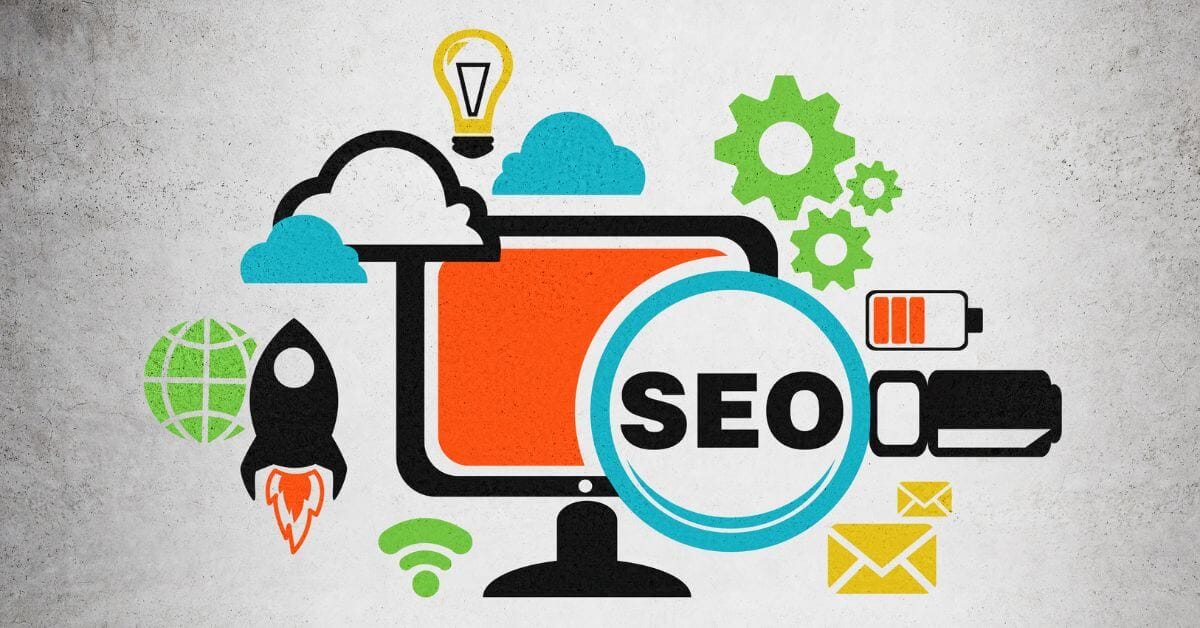In the ever-evolving landscape of digital marketing, understanding the difference between a landing page and a homepage is crucial in maximizing conversion rates and reaching potential customers effectively.
While both serve as entry points for visitors, they have distinct purposes and functions that contribute to the success of a marketing campaign.
In this post, we’ll look at how landing pages differ from homepages, how they serve different purposes along the customer journey, and how organizations can make landing pages that convert better to boost conversions and organic traffic.
By delving into the nuances of these essential components of a digital marketing strategy, businesses can optimize their online presence and effectively engage with their target audience.
Homepage Navigation Simplified
When it comes to navigation, homepages typically feature a comprehensive menu that directs visitors to different sections of the website, such as About Us, Products, Services, and Contact.
This allows users to explore the various offerings of the business and navigate through the site with ease.
Landing Page Focus: Minimal Navigation
On the other hand, landing pages are designed with a specific goal in mind, whether it’s capturing leads, promoting a product or service, or encouraging a particular action.
As a result, landing pages tend to have minimal navigation options to prevent distractions and keep visitors focused on the desired outcome.
Action Button Strategy: Homepage vs. Landing Page
Action buttons play a crucial role in both homepages and landing pages.
Homepages often feature prominent call-to-action buttons that encourage visitors to take a specific action, such as signing up for a newsletter, downloading a resource, or making a purchase.
These buttons are strategically placed throughout the homepage to guide users toward the desired conversion goal.
In contrast, landing pages typically have a single, focused call-to-action button that stands out prominently on the page.
This button is designed to capture the visitor’s attention and prompt them to take immediate action, whether it’s filling out a form, making a purchase, or subscribing to a service.
SEO Comparison Between Homepages and Landing Pages
Search engine optimization (SEO) plays a significant role in driving organic traffic to both home pages and landing pages.
Homepages are typically optimized for broader keywords related to the business or industry as a whole.
This helps improve the website’s ranking on search engine results pages (SERPs) and attract more visitors to the site.
On the other hand, landing pages are optimized for specific keywords that align with the content and purpose of the page.
By targeting relevant keywords and optimizing meta tags, headings, and content, businesses can increase their chances of ranking higher in search results and driving targeted traffic to their landing pages.
Social Media Presence
Social media integration is another key element that distinguishes home pages from landing pages.
Homepages often feature links to social media profiles and feeds to encourage visitors to connect with the business on various platforms.
This helps build brand awareness and engage with customers on a more personal level.
In contrast, landing pages may include social media icons or share buttons to encourage visitors to share the page with their network.
Additionally, businesses can leverage social proof on landing pages by showcasing testimonials, reviews, or social media posts to build credibility and trust with potential customers.
Start your journey with Sweedly Landing Page Service Provider
For businesses looking to optimize their online presence and effectively engage with their target audience, partnering with a reputable landing page service provider like Sweedly can make all the difference.
With Sweedly’s expertise in creating high-converting landing pages, businesses can benefit from a tailored approach that focuses on achieving specific goals, whether it’s capturing leads, promoting products or services, or driving conversions.
Sweedly understands the importance of minimal navigation and standout call-to-action buttons on landing pages to maximize results. By leveraging SEO strategies and social media integration, Sweedly helps businesses attract targeted traffic and build credibility with potential customers.
Take the first step towards a successful digital marketing strategy by starting your journey with Sweedly today.
Contact us to learn more about how our landing page services can help your business thrive in 2024 and beyond.
Conclusion
In conclusion, understanding the contrast between landing pages and home pages is essential for businesses looking to optimize their digital marketing efforts.
By creating effective landing pages that cater to specific goals and target audiences, businesses can drive organic traffic, increase conversions, and ultimately boost their bottom line.
Whether it’s through a dedicated landing page builder or implementing digital marketing strategies such as email marketing and social media campaigns, businesses can leverage the power of landing pages to create a seamless customer journey and maximize their online presence in 2024.
Discover Exciting Marketing Insights
If you’re eager to explore a plethora of captivating news articles related to Marketing, consider diving into the following topics:
- 15 Ultimate Marketing Automation Examples for B2B and B2C Success
- 9 Powerful Content Marketing Strategies for Startup Success
- 15 Powerful SEO Article Writing Tips for Online Success in 2024
- The Benefits of Local SEO for Service-Based Industries
FAQs
The main difference between a landing page and a homepage is their purpose and design. A homepage serves as the main entry point to a website and provides an overview of the business, while a landing page is designed with a specific goal in mind, such as capturing leads or promoting a product.
Conversion rates tend to be higher on landing pages compared to homepages because landing pages are focused on driving visitors toward a specific action, whereas homepages have more distractions that can dilute the conversion rate.
Yes, you can use social media links on both landing pages and home pages. However, the way they are integrated may differ. Homepages often feature links to social media profiles for overall brand awareness, while landing pages may have share buttons or social proof elements to encourage visitors to engage with the page and share it with their network.






